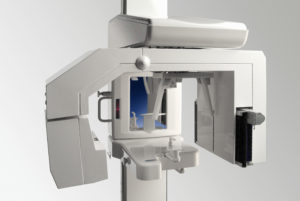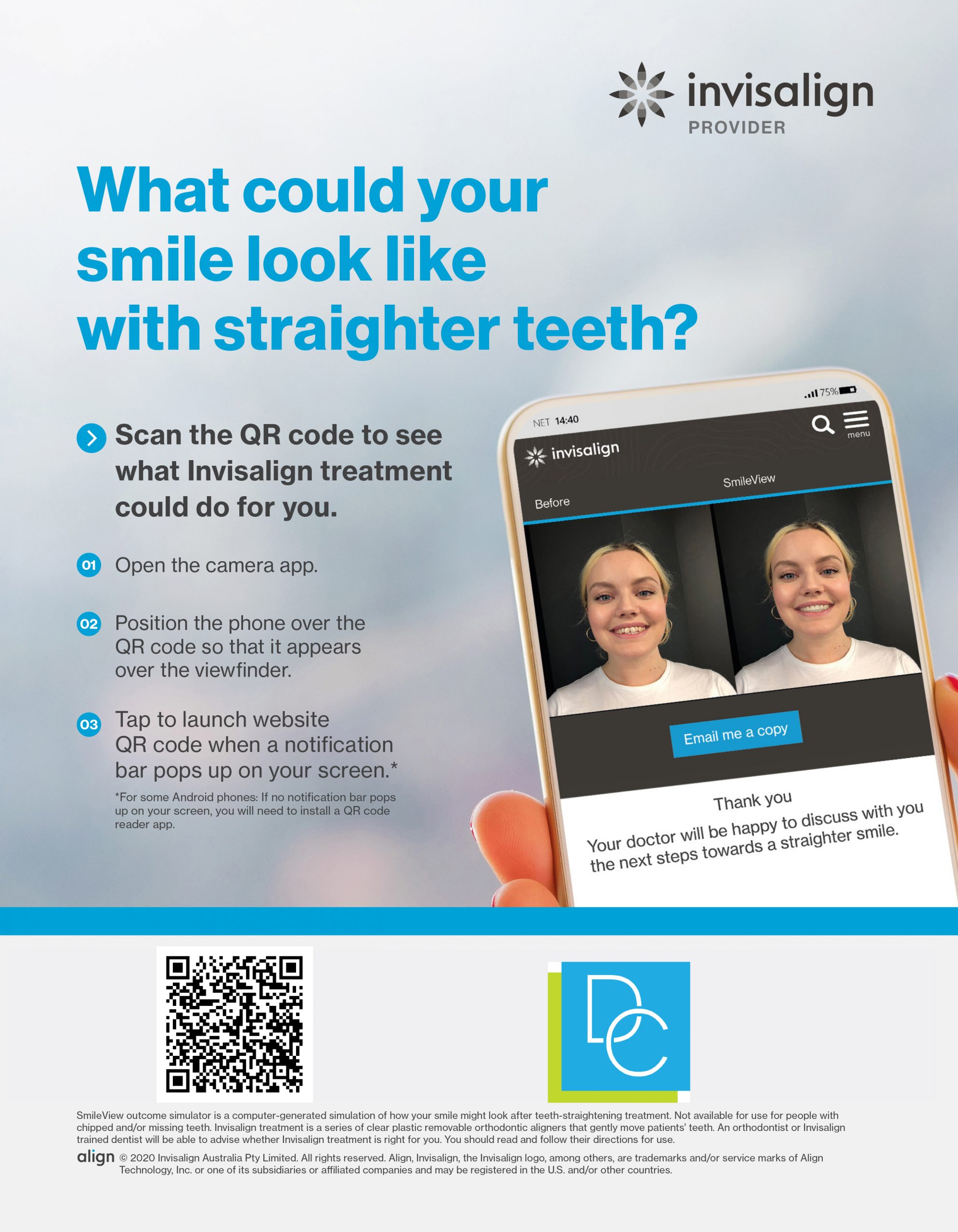- December 2024
- November 2024
- October 2024
- December 2023
- April 2022
- March 2022
- February 2022
- January 2022
- November 2021
- October 2021
- September 2021
- August 2021
- July 2021
- January 2021
- December 2020
- November 2020
- October 2020
- September 2020
- August 2020
- July 2020
- June 2020
- May 2020
- April 2020
- March 2020
- February 2020
- January 2020
- December 2019
- August 2019
- July 2019
- June 2019
- May 2019
- April 2019
- March 2019
- February 2019
- January 2019
- December 2018
- November 2018
- October 2018
- September 2018
- August 2018
- July 2018
- May 2018
- April 2018
- March 2018
- February 2018
- January 2018
- November 2017
- October 2017
- September 2017
- August 2017
- July 2017
- June 2017
- April 2017
- March 2017
- January 2017
- October 2016
- October 2015
- September 2015
- August 2015
Technology & Pain-Free Dentistry
25 August,2015Using State of the Art Technology & Practices for Pain-Free Dentistry
The fear of visiting the dentist is definitely not unwarranted. From the noise of the drills and the pain of receiving injections to the discomfort after surgery, the reasons are many. Thankfully, innovations in medicine and dentistry in particular give you the opportunity to undergo several procedures without experiencing pain or discomfort. These new age technologies also known as minimally invasive procedures don't always cost a fortune and they make for a very pleasant pain-free dentistry visit.
The Wand
What works like a magic wand for some, is really a Single Tooth Anaesthesia System, which injects a pain numbing medication without the usual sting. Researchers have come to the conclusion that the fear of needles is not linked to the jab as much as it's linked to the speed at which the anaesthetic was delivered in a single shot. The quicker the anaesthetic is fired, the more the pain. So the Wand or the STA was invented. This computerised machine controls anaesthetic flow rate and pressure. It guides the dentist in achieving perfect placement of the needle and it is audio enabled which means it can speak. It works on 3 speed settings so the dentist can switch from slow to fast delivery mode when needed. With this magic wand, fear of syringes is truly a thing of the past.
Air Abrasion
Air abrasion machines are modern day alternatives to drills. Unlike conventional drills, these machines blow a stream of 27 micron aluminium oxide powder along with compressed air to buff away the surface of the tooth very delicately. It's so gentle that you can only feel a puff of air if it happens to touch your tongue. It's one of the latest techniques used to carry out pain-free dentistry. The air abrasive device doesn't cause vibrations and it's virtually sound free. It's an excellent choice for patients who dread the sound of the drill at the clinic.
It can also be used to remove the tiniest amount of decay present on the enamel. The dentist will however, have to use laser readings to spot very minute decays on the tooth as X-rays are still not sensitive enough. This branch of dentistry is known as micro-dentistry and it's especially helpful for children as they won't feel much during the procedure and they can get very tiny holes cleaned and fixed quickly.
Sleep Dentistry
Sleep dentistry allows patients to undergo many procedures under sedation or general anaesthesia. Sometimes a combination of sedative drugs and local anaesthesia is used to help the patient feel relaxed while still remaining conscious. IV moderated sedation is also used to help patients cope with their anxiety. The patient is conscious during IV sedation but remains unaware of what's going on. Some people don't even recall undergoing the procedure.
With so many pain-free practices being offered, there really is no excuse to postpone your dental check-ups any more.
Find out how we at Dental on Clarendon deliver pain-free dentistry by scheduling a visit today.


